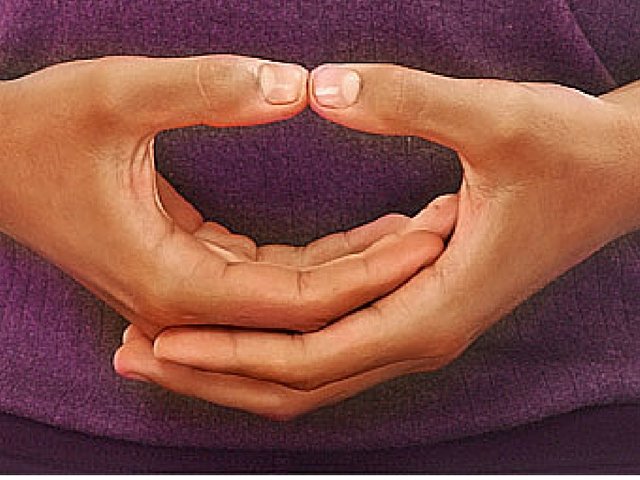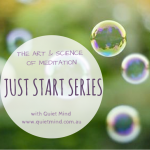meditation mudra
People often wonder what to do with their hands when starting a meditation practice. There are many different ways to place your hands, the simplest being wherever you find them comfortable! But in the Eastern traditions there are some specific hand gestures which have been identified as having special purposes – in this context, the hand postures are called mudras.
The dhyana mudra
The Dhyana mudra is the mudra of meditation. According to Eastern tradition, this mudra derives from the one assumed by the Buddha when meditating under the bodhi tree before his Enlightenment. This gesture has been adopted by yogis since time immemorial during their meditation and concentration exercises. It signifies the perfect balance of thought, rest of the senses, and tranquillity.
How to hold the dhyana mudra
In a seated posture rest your hands on your lap in line with our lower abdomen or on the thighs. The right hand is then placed above the left, with the palms facing upwards. Allow the tips of your thumbs to touch lightly ~ thus forming a mystic triangle .. and in this way your hands form a bowl.
There are a multitude of meanings around this mystic triangle, for Buddhists the most important being that the triangle represent the Three Jewels of Buddhism. I also appreciate the thought that the touching of the thumbs connects us to the circle of energy that moves through our body ..
By practising this mudra when you are meditating (or any time that you are feeling calm and relaxed) you anchor this state in your body. Then, whenever an occasion arises .. when you really need to relax .. just hold this mudra and you may find that your mind/body will instantly associate with that preferred state.
Give it a go!



No Comments Yet